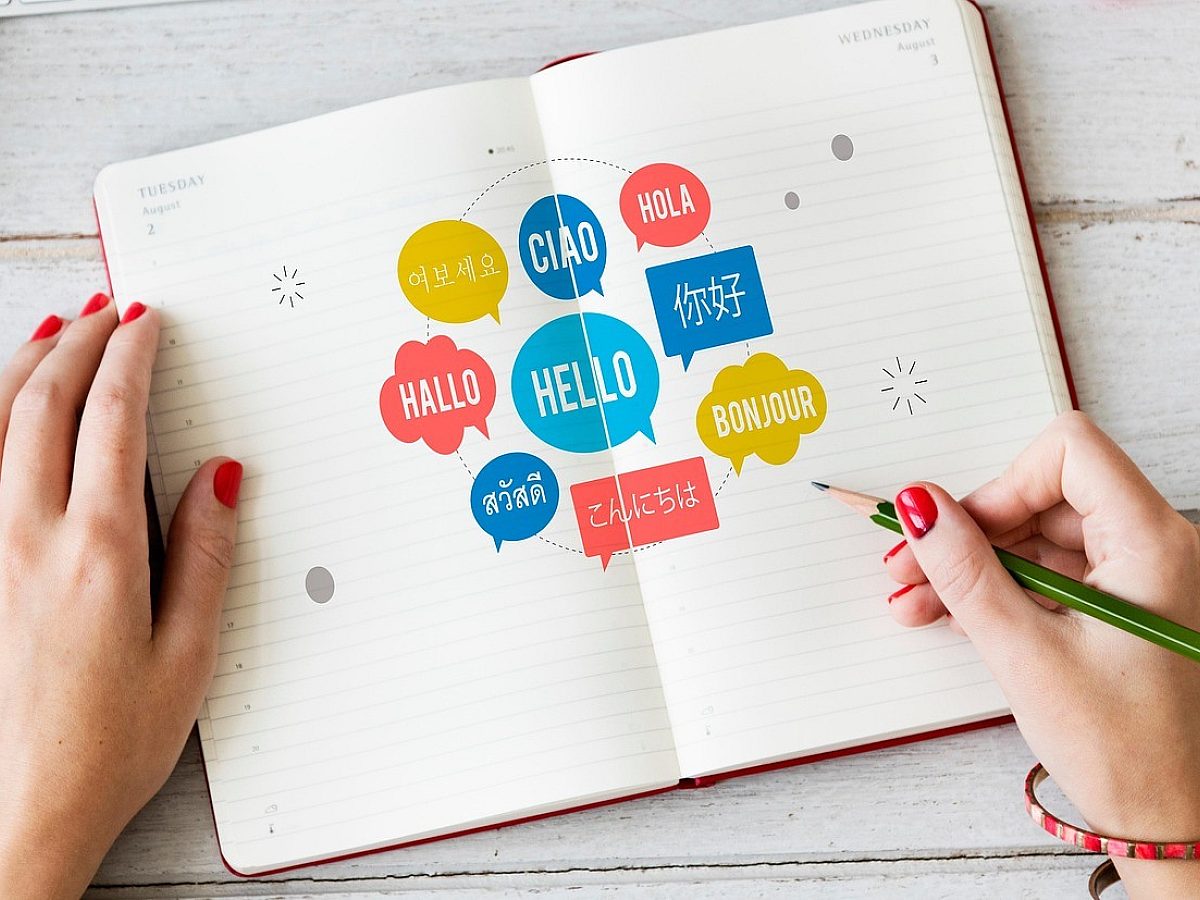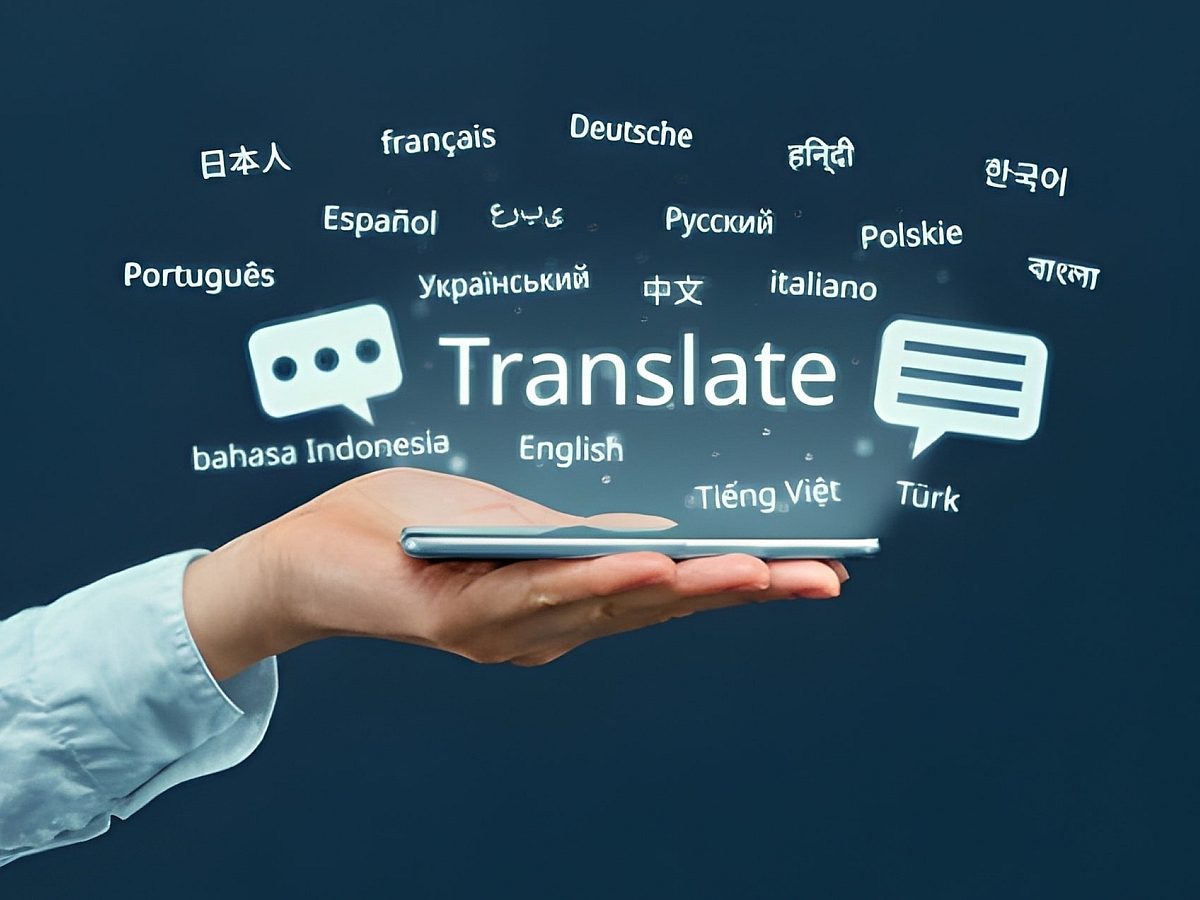Translation vs Localization: Why Both Matter for Global Business
Expanding into new markets requires accurate and culturally meaningful messaging. Translation and localization help companies communicate effectively.
The two terms are often mixed up, yet they serve different roles. Translation specifically adapts written text from one language to another, ensuring the original meaning is preserved. This is different from interpreting, which deals with spoken words in real time. Localization shapes that translated content so it feels natural and relevant within a local culture. Together, they give businesses the ability to communicate clearly, build trust, and create lasting connections with audiences around the world.
What Translation Really Means
Translation is the process of converting content from one language into another while maintaining accuracy of meaning. Its focus is linguistic precision.
Where Translation Is Essential
Technical documentation and product manuals.
Medical and healthcare materials.
Legal contracts and compliance documents.
Financial reports and official records.
In these contexts, accuracy is non-negotiable. A mistranslation could cause compliance issues, safety risks, or financial errors.
What Localization Adds
Localization takes the translated content and adapts it for cultural and market fit. It makes the content clear, natural, and relevant to the audience.
Elements of Localization
Adjusting dates, currencies, and measurements.
Adapting idioms, humor, and cultural references.
Modifying visuals, colors, and symbols that may carry different meanings.
Reworking tone and style to match local expectations.
A marketing slogan is a great example: translation alone might produce a literal meaning, but localization ensures it inspires the same emotional response as the original.
Translation vs. Localization in Practice
The difference becomes clear when businesses apply both:
A safety manual requires precise translation to protect users.
The advertising campaign for that product needs localization to connect with customers on a cultural level.
One is about avoiding errors. The other is about creating engagement.
Why Both Matter for Global Business
Expanding globally requires communication that is accurate and culturally relevant. Translation ensures information is correct, while localization makes it relatable to the audience. Without both, businesses risk sending the wrong message translation alone may feel flat, and localization without accuracy can cause errors or compliance issues.
When combined, the two create a powerful advantage:
Accuracy across all markets: From contracts to product manuals, translation guarantees that critical information is delivered without errors.
Trust through cultural relevance: Localization adapts messaging to reflect local customs, tone, and values, making audiences feel understood.
Higher engagement and conversions: Marketing campaigns and websites resonate on an emotional level, which drives customer action.
Reduced risks: Both legal compliance and brand reputation are safeguarded by avoiding mistranslations and cultural missteps.
Faster adoption in new markets: Products, services, and content feel “native” from day one, helping companies scale more smoothly.
Consistency across regions: A unified brand voice can be maintained globally while still sounding authentic in each market.
For businesses, especially those eyeing long-term international growth, this combination is what turns communication into real connection and connection into opportunity.
Technology Is Changing the Landscape
The rise of AI translation with human post-editing has made high-volume translation faster and more cost-effective. What once took weeks can now be delivered in days without compromising accuracy.
This efficiency has opened the door for SMEs. Savings from faster translation can now be reinvested into localization projects, making them more accessible to businesses that previously lacked the budget.
For growing companies, this means global expansion no longer requires enterprise-level resources.
Where to Prioritize Localization
Not all content requires the same level of adaptation. Businesses should identify where localization delivers the most impact.
Marketing and advertising campaigns: to capture attention and build trust.
Websites and e-commerce platforms: to create smooth, locally relevant user experiences.
Software and apps: to ensure usability across different regions.
Social media content: to remain relatable and engaging in real time.
Training and eLearning materials: to motivate global teams with content that feels tailored.
By choosing the right mix of translation and localization, companies maximize both accuracy and cultural impact.
How Wolfestone Delivers Translation and Localization
At Wolfestone Group, translation and localization work together to help businesses succeed globally:
Accurate Translation: Industry specialists deliver precise translations for technical, legal, medical, and financial content.
Cultural Localization: Marketing, media, and digital campaigns are adapted by cultural experts to connect with local audiences.
ISO-Certified Quality: Every project follows ISO-certified processes for accuracy, security, and consistency.
Human + AI Advantage: AI-assisted workflows with professional post-editing make translation faster, cost-effective, and reliable.
Global Impact: This ensures your message is delivered clearly and connects meaningfully in every market.
👉 Learn more about our Translation and Localization Services.
Final Word
Translation converts content from one language to another while preserving its meaning, tone, and intent ensuring your message is clear and accurate across different languages. Localization then adapts that content to resonate culturally, making it feel natural and engaging for the target audience.
With advances in translation technology, businesses of all sizes from global enterprises to SMEs can now combine precise translation with effective localization for global business communication, cross-cultural marketing, and international growth. Together, they build trust, inspire action, and connect meaningfully with audiences worldwide.
👉 Ready to expand with confidence? Contact Wolfestone Group today for a free consultation.




